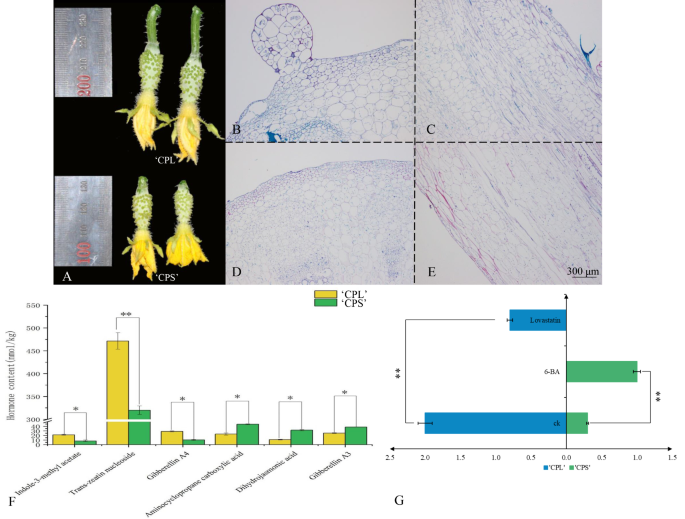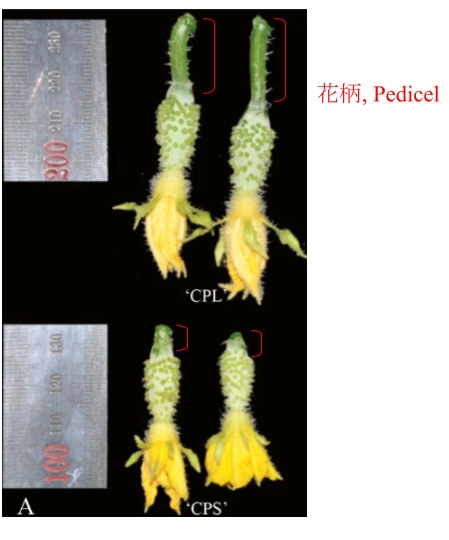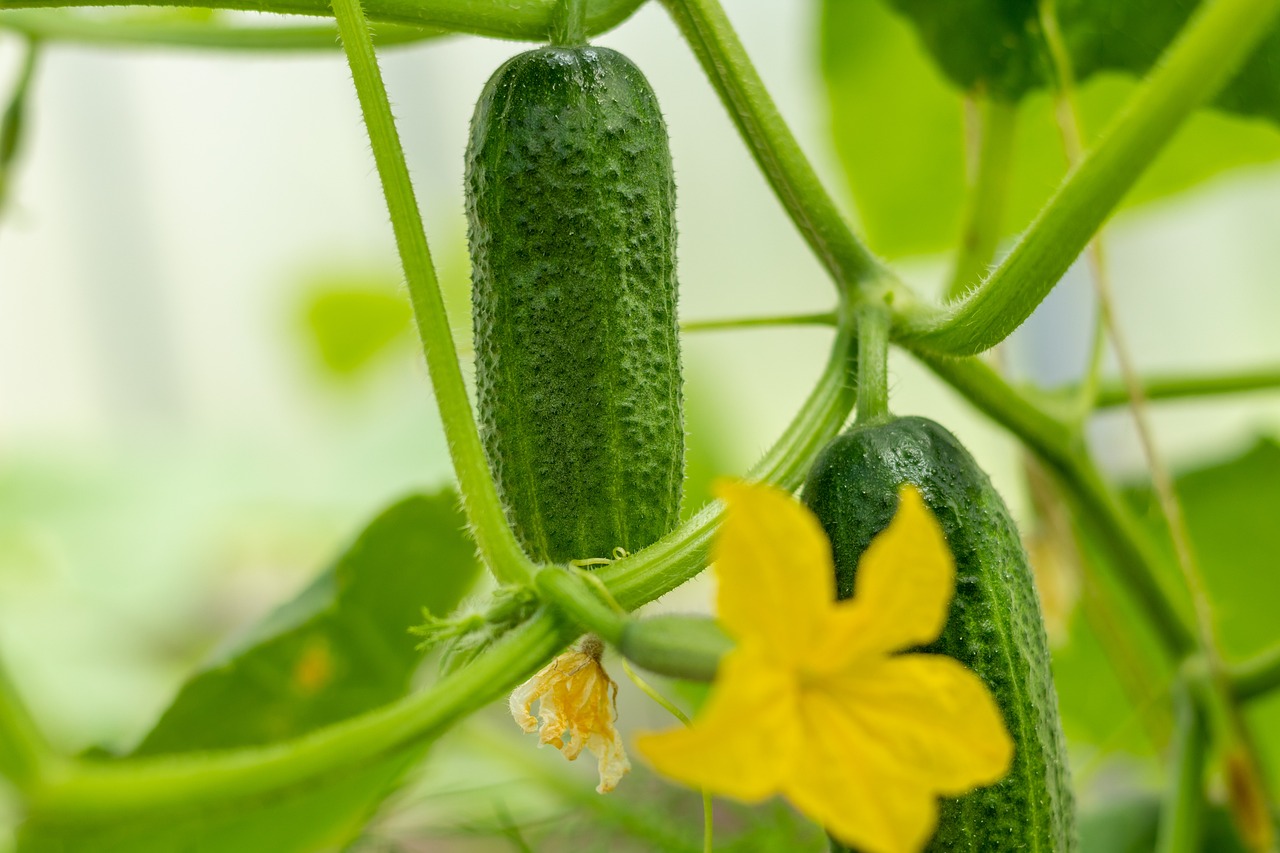The length of cucumber pedicels, or more precisely “flower peduncles,” has been identified. It has been found that when a specific component within the plant changes, the cells also change, and the length of the peduncle alters. What does this mean? You might be wondering. In fact, the length of the peduncle is an important factor that affects the quality of cucumbers.

Why Is the Length of Cucumber Peduncles Important?
Cucumbers are widely cultivated in almost all temperate countries, forming a large market. Cucumbers are high in water content and low in calories, and they are eaten both raw and cooked. In addition to being food, they are also used in medicine and cosmetics. You know, like putting cucumber slices on your eyes.
The cucumbers you see in supermarkets are standardized products, so their size and weight are similar. On the other hand, a large number of non-standard products are also produced, which are traded at lower prices for processing purposes compared to regular stores. From a market value perspective, producing standardized products leads to higher profits and raises the overall value of the market.
Whether the cucumbers produced meet the standard depends largely on the length of the “peduncle.” After pollination, the peduncle connects the plant and the fruit, transforming into an important organ that supplies the nutrients necessary for the fruit’s growth and development. To put it simply, it’s like an “umbilical cord.” If the peduncle is too long or too short, the distribution of nutrients becomes uneven, causing the fruit to bend or deform during growth, resulting in non-standard products.
Therefore, creating cucumber varieties with the appropriate peduncle length has high market value and becomes a target for breeding.

Comparing a Short Peduncle Mutant with a Regular Variety
In the study, a variety with shorter peduncles than normal was discovered among many analyzed mutants. By comparing the short-peduncle variety with the regular variety, the factors that cause the peduncle length to change were investigated.
As a result of the analysis, it was first found that the short-peduncle variety had fewer cells in the peduncle compared to the regular variety. When comparing the components of the two varieties, it was found that the amount of a plant hormone called “cytokinin” was reduced in the short-peduncle variety.
When comparing the gene expression of both varieties, it became clear why cytokinin was reduced. The short-peduncle variety had lower expression levels of genes involved in cytokinin biosynthesis.
From this, it was determined that the length of cucumber peduncles is regulated by cytokinin, and specifically, the length changes as the number of cells changes.
Thinking About Future Cucumbers
I considered how the mechanism for adjusting cucumber peduncle length, which I introduced this time, could be utilized for future cucumber varieties.
If we think along the lines of current cultivation, it is desirable to create varieties with the optimal peduncle length to produce higher quality cucumbers. In that case, targeting the genes identified in the research, whose expression levels were altered, would likely accelerate the breeding process.
Currently, technological developments for producing “fruit-bearing” plants in plant factories are actively underway. For example, research is progressing day and night to cultivate fruit-bearing plants like tomatoes, eggplants, and peppers in plant factories. In plant factories, while human labor is used, maintenance and harvesting by machines, which reduce costs, will be increasingly utilized. In such cases, it is desirable for the fruit to have a “shape suitable for mechanical harvesting.” Additionally, “producing fruits of uniform shape within the standard” is advantageous for mechanical cultivation and harvesting. To meet these demands, adjusting the length of the peduncle may allow for the creation of varieties suited for plant factories.
The shape of the cucumbers you eat in 10 years, or even 5 years, may be different from what they are now. It’s exciting to think about!




コメント